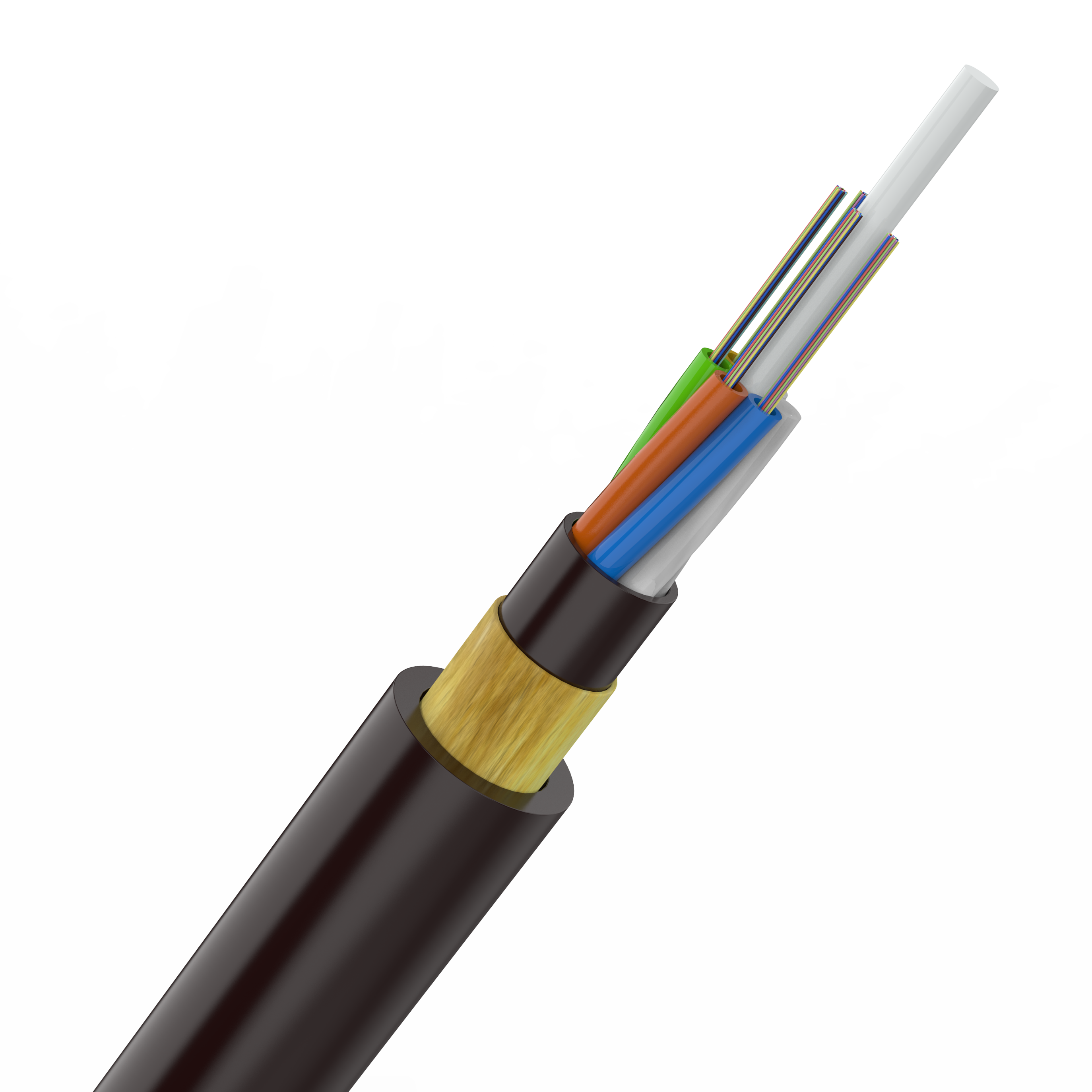Single-Mode vs. Multimode Fiber Cables A Complete Comparison for Better Networking
In the world of networking, choosing the right type of fiber optic cable is crucial for optimal performance. The two primary types of fiber optic cables are single-mode and multimode. Each comes with its own set of characteristics and benefits, making them suitable for different applications. This blog post provides a comprehensive comparison to help you make an informed decision for your networking needs.

Understanding Fiber Optic Cables
Fiber optic cables are used to transmit data as light pulses over long distances. These cables are made of glass or plastic fibers and are known for their high-speed data transmission capabilities. The two main types of fiber optic cables—single mode vs multimode fiber—differ in core size, light propagation, and applications.
Single-Mode Fiber
Characteristics
Single-mode fiber features a small core, approximately 9 microns in diameter. This small core size allows only one mode of light to travel straight down the fiber, reducing modal dispersion and maintaining signal integrity over long distances. The light travels in a single path, minimizing interference and ensuring high-quality transmission.
Advantages
Single-mode fiber is ideal for long-distance communication due to its ability to maintain signal integrity over extensive distances. It supports higher bandwidths, making it suitable for high-speed internet, large data transfers, and long-haul networks. Additionally, single-mode fiber experiences lower attenuation, ensuring data remains intact over long distances.
Applications
Single-mode fiber is commonly used in:
Long-distance telecommunications
Metropolitan Area Networks (MANs)
Backbone networks for large organizations
High-speed internet connections
Multimode Fiber
Characteristics
Multimode fiber has a larger core, typically around 50 to 62.5 microns in diameter. This larger core size allows multiple modes of light to propagate, leading to increased dispersion and potential signal degradation over longer distances. Despite this, multimode fiber is effective for short to medium distances and is often used in local area networks (LANs).
Advantages
One of the primary advantages of multimode fiber is its cost-effectiveness. The larger core size and the components used in multimode fiber systems are generally less expensive than those used for single-mode fiber. Additionally, multimode fiber is easier to work with and align, reducing labor costs and installation time. It is well-suited for short-distance communication within buildings and campus networks.
Applications
Multimode fiber is commonly used in:
Local Area Networks (LANs)
Data centers
Campus networks
Short-distance communication within buildings
Performance Comparison
Distance and Bandwidth
Single-mode fiber outperforms multimode fiber in terms of distance and bandwidth capabilities. The reduced dispersion in single-mode fiber allows it to maintain signal integrity over long distances and support higher data rates. Multimode fiber, while suitable for short to medium distances, cannot match the long-distance performance of single-mode fiber.
Cost Considerations
While single-mode fiber offers superior performance, it comes at a higher cost. The fiber itself, along with the necessary transceivers and other components, tends to be more expensive than those used for multimode fiber. For applications that do not require the extended reach and high bandwidth of single-mode fiber, multimode fiber provides a more cost-effective solution.
Choosing the Right Fiber for Your Network
The decision between single-mode and multimode fiber largely depends on your specific network requirements. For long-distance transmission and high-bandwidth applications, single-mode fiber is the clear choice. However, for shorter distances and less demanding applications, multimode fiber offers a more affordable and easier-to-install option.
Conclusion
Both single-mode and multimode fiber have their unique advantages and ideal use cases. Understanding the differences between these two types of optical fiber will help you make an informed decision for your network infrastructure. Whether you need the high performance of single-mode fiber or the cost-effective ease of multimode fiber, choosing the right type of fiber will ensure optimal performance and reliability for your network.
By carefully considering your network's specific needs and the characteristics of each type of fiber, you can build a robust and future-proof infrastructure that meets the growing demands of modern data transmission. Happy networking!